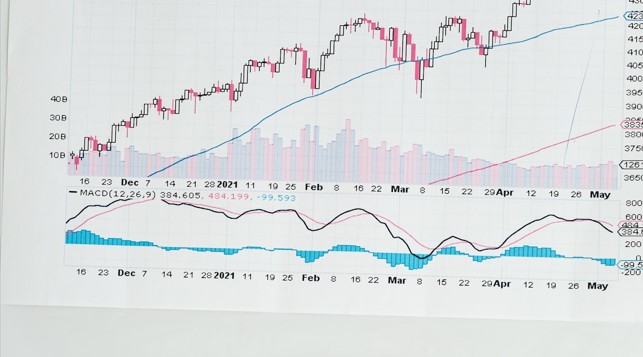Core inflation is the change in the costs of goods and services, intentionally excluding those from the food and energy sectors. This exclusion might raise eyebrows for some, especially considering how integral food and energy are to our daily expenses.
However, the reason for their omission lies in the volatile nature of their prices, which can introduce significant short-term fluctuations in inflation data.
By focusing on core inflation, which is commonly measured using the Consumer Price Index (CPI), analysts and policymakers can obtain a clearer view of the long-term inflationary trends without the noise of the more unpredictable sectors.
Table of Contents
Understanding core inflation
Core inflation gets gauged using two primary tools: the CPI and the core personal consumption expenditures (PCE) index. The PCE reflects the prices of items that U.S. consumers buy. It’s vital in pinpointing inflation since inflation tracks the trend of climbing prices. Both core PCE and CPI paint a similar picture. They show us the pulse of inflation in the economy.
Yet, there’s more than one way to measure core inflation. Take the outliers method, for instance. This approach sidelines products with the most dramatic price swings.
Why is core inflation essential? It acts as a probe, shining a light on the deep-rooted, long-term inflation trends. As noted by the Board of Governors of the Federal Reserve System, core inflation holds immense significance in understanding the true nature of inflationary shifts.
Why food and energy prices are excluded
When we measure core inflation, we intentionally leave out food and energy prices. But why?
- Volatility: Prices of food and energy change a lot. They can go up or down quickly;
- Constant Demand: Even if prices for food and energy rise, we still need them. For instance, if gas becomes expensive, we still need to refuel our cars. Similarly, if grocery prices go up, we still have to buy food;
- Trading Factors: Food and energy items, like oil, gas, wheat, and corn, are traded in markets. This trading can cause their prices to swing because of reasons like supply-demand or speculation;
- External Factors: Things like droughts can suddenly affect food prices, especially crops. Such changes can be short-term but can distort our view of overall inflation.
Because of these reasons, to get a clearer and more stable picture of inflation, professionals choose to exclude food and energy prices when calculating core inflation.
The preferred measure of core inflation
The Federal Reserve leans towards the PCE index over the CPI. Why? PCE offers a view of inflation less swayed by brief price shifts. The Bureau of Economic Analysis (BEA), under the Department of Commerce, plays a role here.
They gauge price changes using gross domestic product (GDP) data, a metric showing the production value of all U.S. goods and services. Alongside this, the BEA factors in monthly retail data and stacks it against the CPI’s consumer prices. This process irons out data hiccups and unveils detailed, lasting trends.
The importance of core inflation
Understanding core inflation is vital. It lays bare the bond between the cost of goods/services and consumer income. Imagine goods and services prices climb, but our paychecks stay the same. That erodes our purchasing power.
In essence, the cash in our pockets doesn’t stretch as far when buying basics. Yet, if wages grow and prices remain steady, our money’s reach expands. And if our investments or home values go up, that’s asset inflation. It gives consumers more to play with.
What is purchasing power?
Simply put, purchasing power pinpoints what our money can get us. It tells us how many goods or services a single money unit can buy. Its relevance?
Well, if inflation marches on, our money’s buying prowess weakens. Inflation chips away at the number of things we can afford with the same amount.
What is volatility?
Volatility delves into how much a security’s returns can swing. Think of it as a gauge showing the spread of returns for a given investment or market index. Generally, a higher volatility signals more risk.
How’s it measured? Common tools include the standard deviation or variance of returns from that investment or index.
What is gross domestic product (GDP)?
GDP represents the total value of all goods and services produced within a nation’s borders over a set time. Essentially, it’s a country’s economic report card, reflecting its economic wellness. Whether it’s yearly or quarterly, like the U.S. does, GDP provides a snapshot.
And here’s a key detail: the figures are in real terms. That means they account for price changes, stripping away inflation’s effects. In this way, GDP offers a clear-eyed look at a country’s economic output, uninflated by price hikes.
Read also: Inflation: the countries where it is currently highest in Europe












